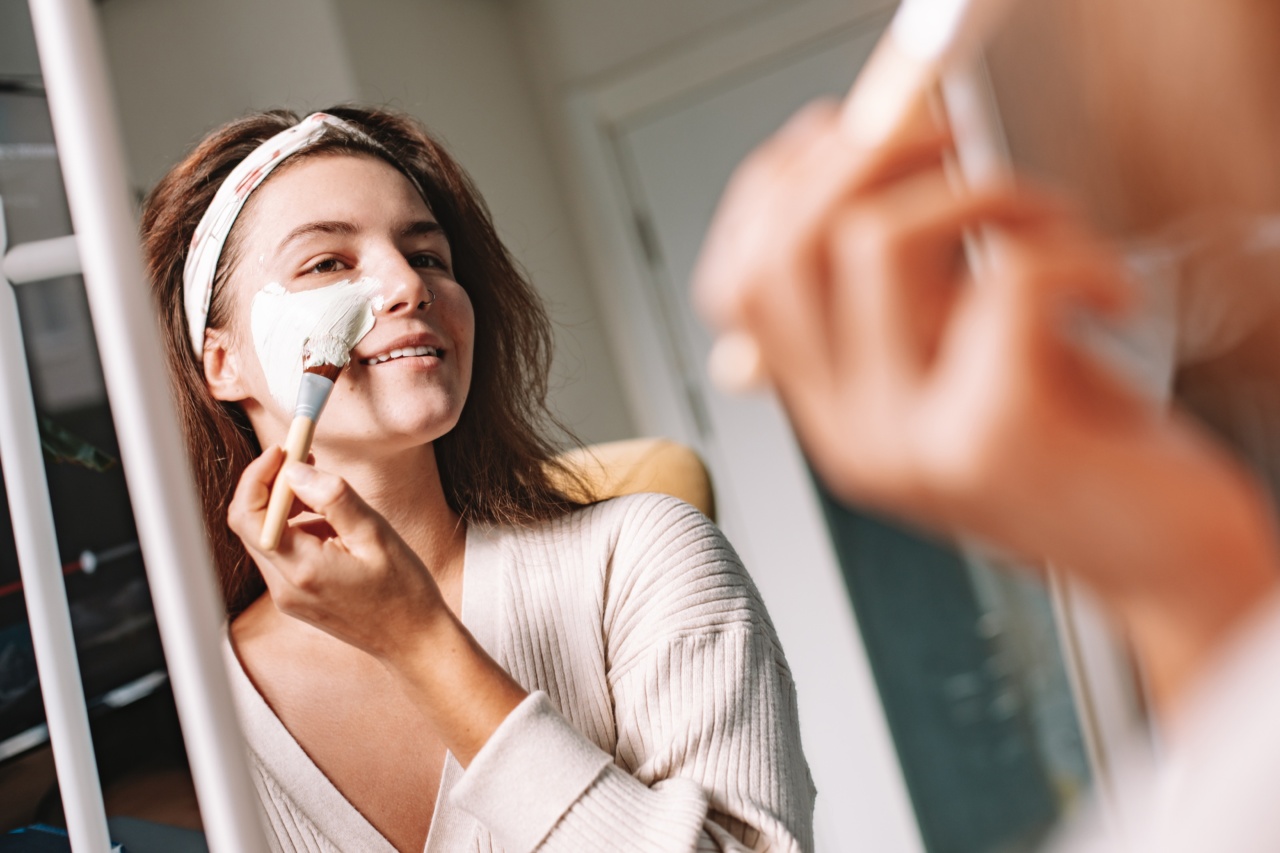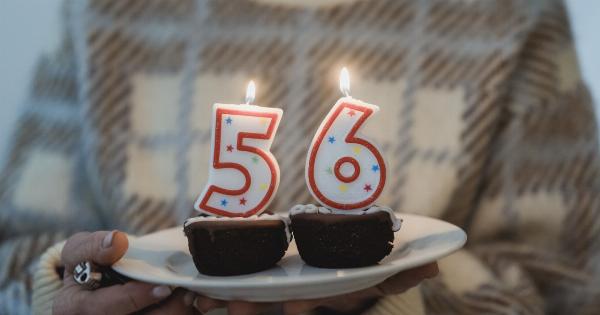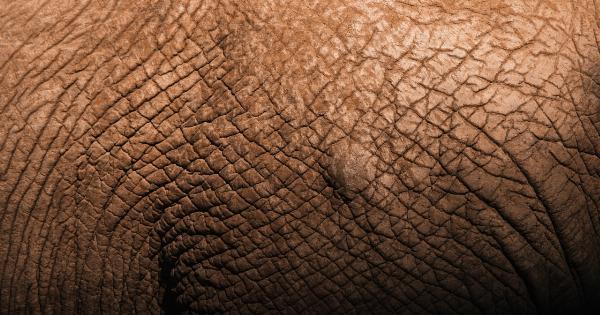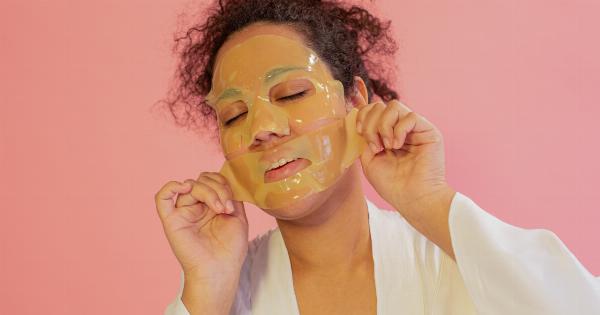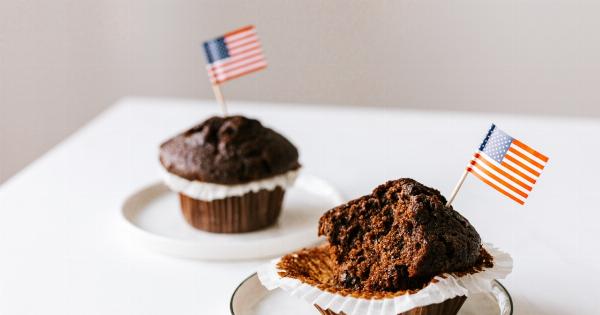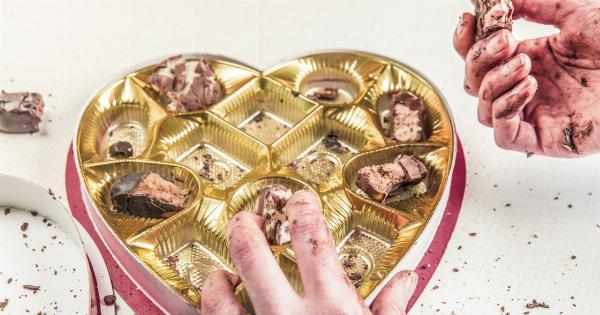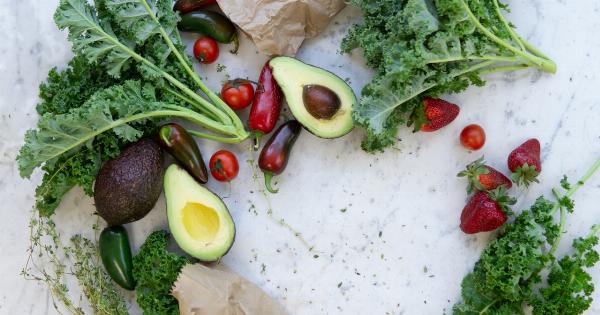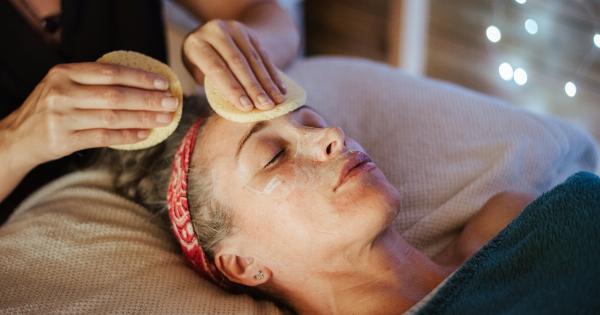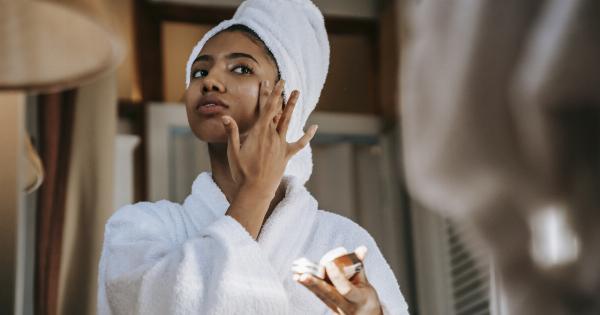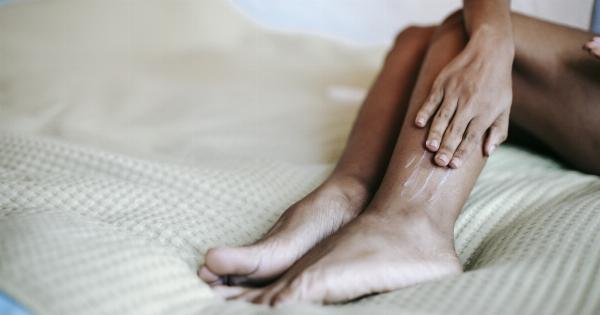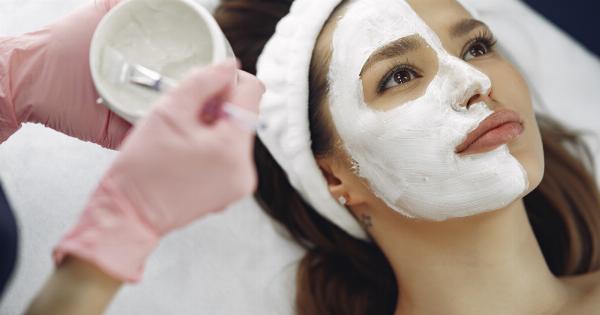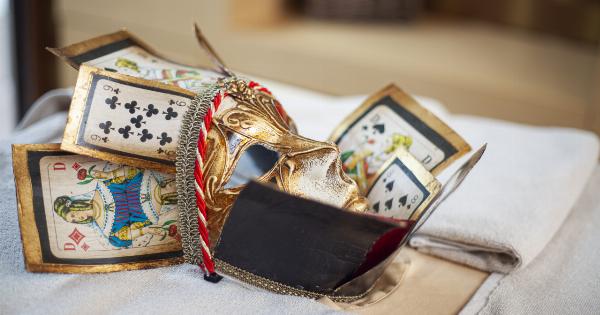Everyone loves chocolate, and if you’re a woman, you’re probably passionate about having soft, glowing skin too. But did you know that chocolate can work wonders on your skin? Yes, you read that right.
Chocolate is one of the best natural ingredients to give you glowing, soft, and healthy skin. So why not indulge in a chocolate face mask? And the best part, it’s super easy to make with ingredients you probably already have in your pantry.
Why Chocolate is Great for Your Skin
Dark chocolate is not just a delicious treat for your taste buds; it has many benefits for your skin too. Cocoa is rich in antioxidants, which protect the skin against damage from free radicals caused by pollution, and UV rays from the sun.
It has anti-inflammatory properties that help calm irritation and redness. Additionally, chocolate contains natural caffeine that increases blood flow and reduces puffiness. Finally, chocolate has a high amount of flavonoids, a plant nutrient that helps to keep the skin hydrated and healthy.
How to Make a Chocolate Face Mask
Making your chocolate face mask is super simple, and you only need three ingredients: cocoa powder, honey, and yogurt.
: Ingredients
- One tablespoon cocoa powder
- One tablespoon honey
- One tablespoon plain unsweetened yogurt
: Method
- Mix all three ingredients together in a bowl
- Apply the mixture to your face and neck, avoiding the eye area
- Allow it to sit for 15-20 minutes
- Rinse off with warm water and pat dry
Benefits of Each Ingredient
Cocoa Powder
Cocoa powder contains antioxidants called flavonoids, which help to protect the skin against damage caused by free radicals. When used in a face mask, cocoa powder has a gentle exfoliating effect, making your skin feel soft and smooth.
Honey
Honey is a humectant, which means it attracts moisture to the skin, keeping it hydrated. It also has antibacterial properties, making it suitable for acne-prone skin.
Honey leaves your skin feeling soft and smooth and helps to calm any irritation or redness.
Yogurt
Yogurt contains lactic acid, which acts as a natural exfoliant by removing dead skin cells. It also has a cooling effect, reducing puffiness and soothing irritated skin.
Yogurt contains probiotics, which help to balance the skin’s natural microbiome and promote healthy, glowing skin.
Other Chocolate Face Masks to Try
If you’re looking to experiment with more chocolate face masks, here are a few more recipes to try:.
Chocolate and Avocado Face Mask
This mask is perfect for dry skin, as it contains healthy fats from the avocado, which provide hydration. In addition, avocado and chocolate are full of antioxidants, which help protect the skin against damage. Here’s how to make it:.
- Half an avocado
- One tablespoon cocoa powder
- One tablespoon honey
- Mash the avocado with a fork
- Add the cocoa powder and honey and mix well
- Apply to your face and let sit for 20 minutes
- Rinse off with warm water
Chocolate and Banana Face Mask
The banana in this mask provides gentle exfoliation, while the combination of chocolate and banana results in glowing skin. Here’s how to make it:.
- Half a banana, mashed
- One tablespoon cocoa powder
- One tablespoon honey
- Mix all three ingredients together in a bowl
- Apply to your face and let sit for 15-20 minutes
- Rinse off with warm water
Conclusion
Indulging in a chocolate face mask is a fun and easy way to pamper your skin while reaping the benefits of chocolate’s natural ingredients.
You can even experiment with different ingredients to find the perfect mask that works best for your skin type.
